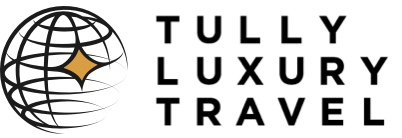5 French Wine Regions You Should Discover Now
By Tully Luxury Travel | 12-08-2021 |
The regions of Jura, Alsace, Savoie, and Languedoc – and the island of Corsica – are less well known than the juggernauts of Bordeaux, Burgundy, Champagne, and Provence, but wine experts think it’s time for that to change. Here’s an introduction to some undiscovered gems that you should consider tasting … or visiting.
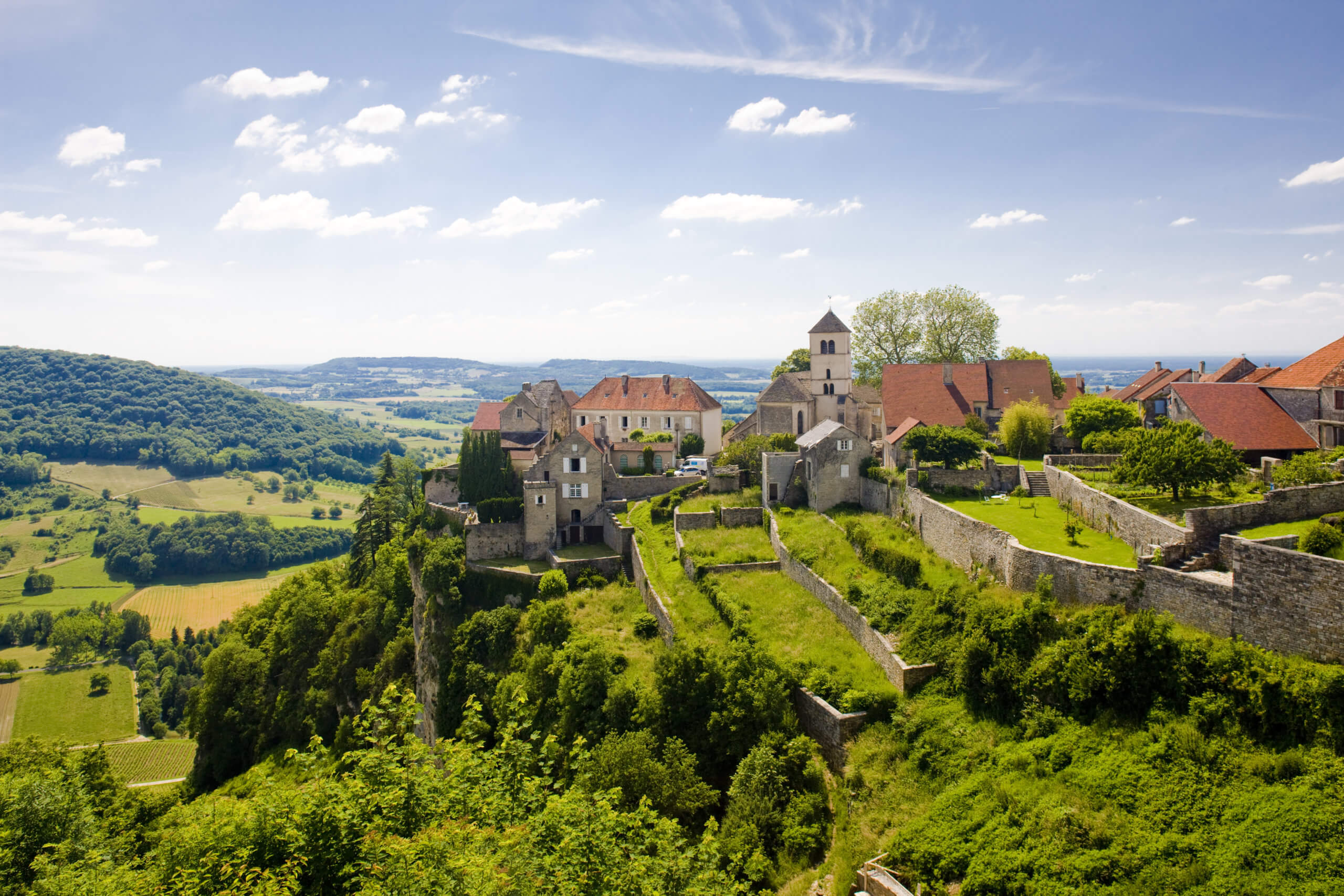
Chalon, Département Jura, Franche-Comté, France
1. JURA
Jura, located in eastern France between Burgundy and Switzerland, is one of France’s smallest and most obscure wine regions, but it’s becoming the darling of young, hip sommeliers. The region is known for its eccentric wine varieties and its most well-known, Savagnin, is used to make Jura’s greatest wine: the sherry-like Vin Jaune (yellow wine). Jura’s most famous Vin Jaune comes from the ancient appellation of Château-Chalon and is considered the Grand Cru of Vin Jaune as it represents the peak of its elegance, complexity, and age-worthiness.
Château-Chalon is not a single estate, but rather the name of the beautiful hilltop village where the wine is made. The enduring success of the Vin Jaune can be credited to the high-born abbesses of the Benedictine Abbey who had to prove noble birth for four generations to be admitted to the abbey. The nuns’ royal connections ensured that the wines were distributed throughout the noble courts of Europe. Henri IV of France (1553-1610) was a fan and the wine was served at the coronations of both Tsar Nicholas II and Queen Juliana of Holland. When Napoleon was sharing a drink at Johannisberg Castle with the Austrian foreign minister Klemens von Metternich, he declared “Here, you serve the best wine in the world.” “Sire,” von Metternich replied, ”the best wine in the world is not from Johannisberg, but it is found in a small town in your empire, at Chateau-Chalon.”
In recent years, Jura’s wines have appeared on the wine lists of such revered US restaurants as The French Laundry and Eleven Madison Park, and earlier this year, a vintage bottle of Vin Jaune from 1774 sold for $121,000 – almost twice the previous price paid. While wines from Bordeaux and Burgundy have often sold for extraordinary prices, those from other regions didn’t sell as well.
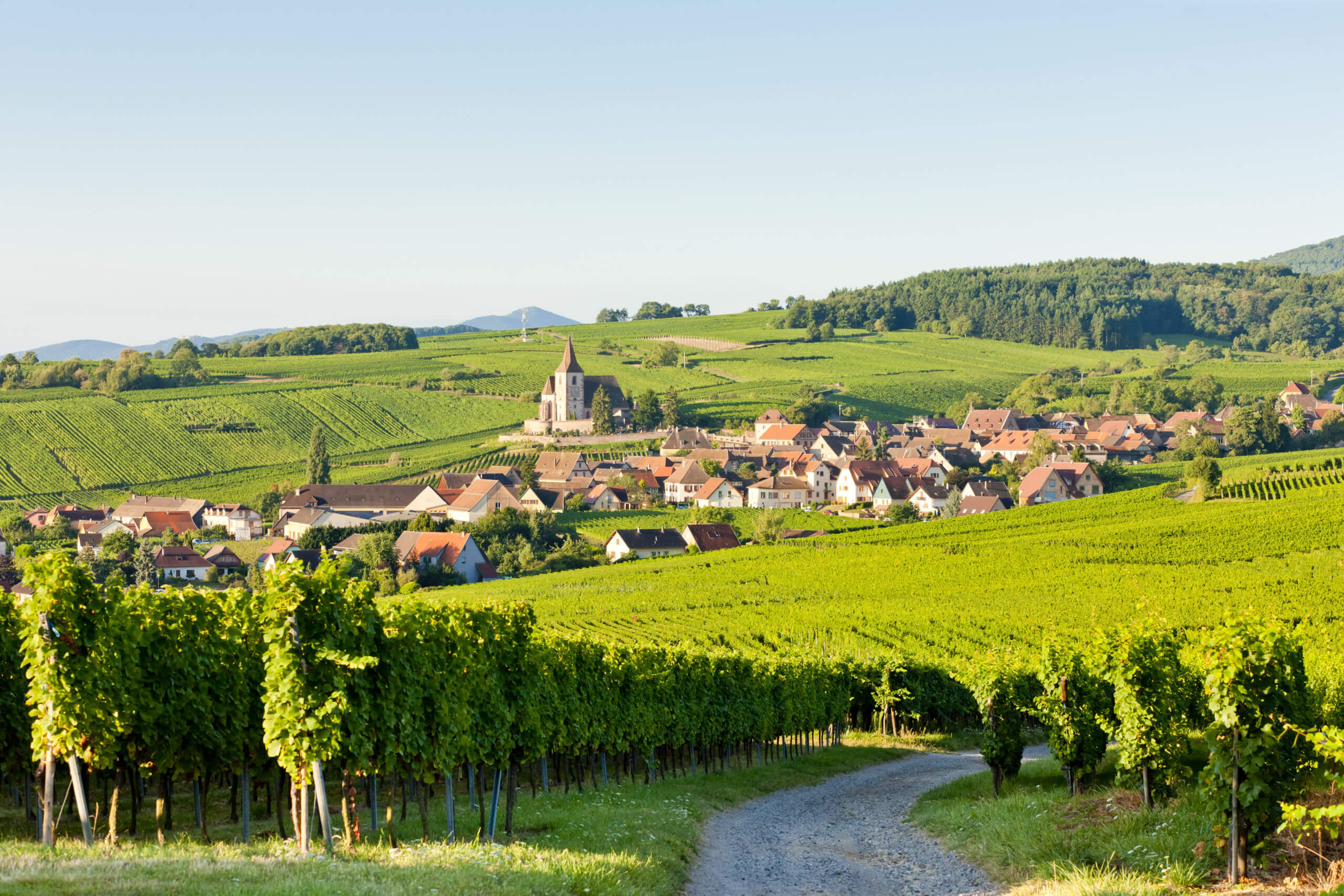
Hunawihr, Alsace, France
2. ALSACE
Alsace is probably the best-known of the country’s lesser-known wine regions but has long been considered one of the world’s greatest and most underappreciated wine regions. This strip of land is tucked in northeastern France by the German border and its top wineries have been run by the same families for almost 400 years. Today, the latest generation is determined to rejuvenate the wines and their reputation so that they will no longer be known as “the best wines you’ve never tasted.”
Alsace is best known for white wines, especially dry riesling, gewürztraminer, and pinot gris, but it’s also increasingly respected for its pinot noirs. The region also produces a lovely sparkling wine, Crémant d’Alsace. Since Alsace has been passed between France and Germany for centuries, it is not entirely French or German, and its wines possess elements of each.
Jean Frédéric Hugel, the 13th generation to work for Hugel & Fils, believes that the region’s biggest challenge is restoring its style. People used to know what to expect from Alsace – a dry riesling or a food-friendly gewürztraminer – but today winemakers are churning out too many quaffable, sweet wines. He also noted that while sommeliers and the wine trade already love Alsatian wines, that passion has yet to trickle down to the consumer.
Matty Colston, wine director at Chicago’s Parachute restaurant, enjoys introducing his customers to Alsatian wines because they complement the region’s hearty, rustic cuisine so beautifully. “If you’re curious about the marriage of food and wine, Alsace is mecca,” he says. “The high acidity of riesling will slice right through fatty pork sausage, but sidle up nicely to the zing of sauerkraut.”
Alsace’s capital, Strasbourg, is beloved for canals lined with half-timbered houses and window boxes overflowing with geraniums. Its historic center, built around a stunning Gothic cathedral, was declared a UNESCO World Heritage Site in 1988. Last year, the designation was extended to include the “new” town that was designed and built under the German administration between 1871 and 1918.
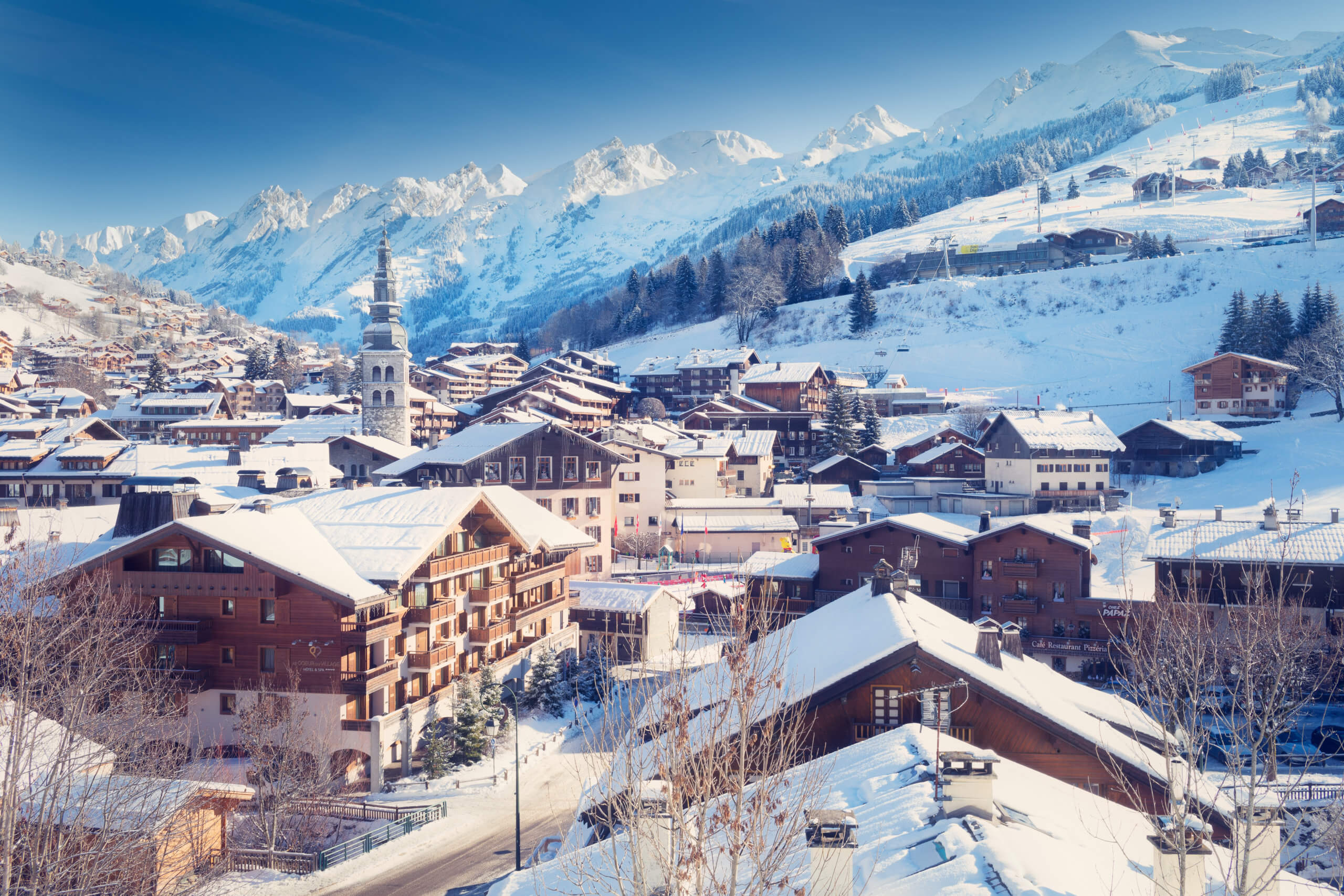
La Clusaz, located in the French Alps in Haute Savoie
3. JURA
Jura, located in eastern France between Burgundy and Switzerland, is one of France’s smallest and most obscure wine regions, but it’s becoming the darling of young, hip sommeliers. The region is known for its eccentric wine varieties and its most well-known, Savagnin, is used to make Jura’s greatest wine: the sherry-like Vin Jaune (yellow wine). Jura’s most famous Vin Jaune comes from the ancient appellation of Château-Chalon and is considered the Grand Cru of Vin Jaune as it represents the peak of its elegance, complexity, and age-worthiness.
Château-Chalon is not a single estate, but rather the name of the beautiful hilltop village where the wine is made. The enduring success of the Vin Jaune can be credited to the high-born abbesses of the Benedictine Abbey who had to prove noble birth for four generations to be admitted to the abbey. The nuns’ royal connections ensured that the wines were distributed throughout the noble courts of Europe. Henri IV of France (1553-1610) was a fan and the wine was served at the coronations of both Tsar Nicholas II and Queen Juliana of Holland. When Napoleon was sharing a drink at Johannisberg Castle with the Austrian foreign minister Klemens von Metternich, he declared “Here, you serve the best wine in the world.” “Sire,” von Metternich replied, ”the best wine in the world is not from Johannisberg, but it is found in a small town in your empire, at Chateau-Chalon.”
In recent years, Jura’s wines have appeared on the wine lists of such revered US restaurants as The French Laundry and Eleven Madison Park, and earlier this year, a vintage bottle of Vin Jaune from 1774 sold for $121,000 – almost twice the previous price paid. While wines from Bordeaux and Burgundy have often sold for extraordinary prices, those from other regions didn’t sell as well.
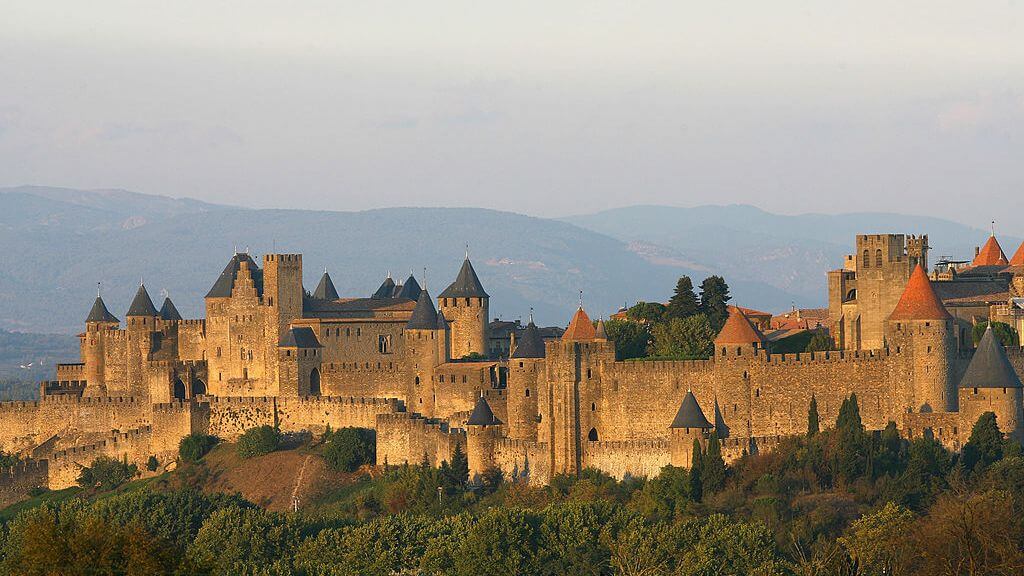
Languedoc Roussillon Region of France
4. LANGUEDOC
It’s a bit surprising that Languedoc isn’t better known, as it’s the single largest wine-producing region in the world and is responsible for more than one-third of all the grapes grown in France. During both World Wars, the region supplied French troops with their daily wine rations. Languedoc’s winemakers originally focused on quantity over quality, and the red wines produced were so pale and flavorless that they needed to mix them with hearty, dark-colored red wine imported from Algeria to render it drinkable. (After Algeria gained its independence from France, red wines from Italy and Spain were added.)
Until the 1990s, most of the wines produced in Languedoc were labeled “Vin du Table,” a term for France’s lowest quality wines. That label was retired in 2010 in favor of the less loaded term “Vin du France.” This is predominantly a red wine region, although it does produce some nice rosés and some interesting whites made from a combination of native Rhône varieties and the local varieties of Picpoul, Terret, and Clairette. The bitter tannins of the gnarled, ancient vines of Carignan are still prevalent in Languedoc reds, but, according to British wine writer Jancis Robinson, “the proportion of so-called ‘improving varieties’ has increased considerably over the past twenty years. These include Grenache, Mourvèdre, and, particularly, Syrah.” Languedoc’s most famous wine is La Grange des Pères, which has beaten many Bordeaux Grand Cru in blind tastings and yet costs ten to twenty times less. Robinson, who has a second home in Languedoc, refers to the region, affectionately, as “Provence without the tourists.”
France-based, English journalist Anthony Peregrine calls Languedoc’s capital, Montpelier, “France’s most seductive and underrated city.” The city center, the Place de la Comédie, is surrounded by Haussmann buildings and is one of the largest pedestrian areas in Europe. The region is known for mussels and oysters which are divine with a glass or two of young, tangy Picpoul de Pinet. (Picpoul means “lip stinger,” a reference to the wine’s acidity.) It’s also home to the Camargue region, which produces beef that’s served in a traditional stew with red wine, black olives, and garlic. Gérard Bertrand, who owns eleven vineyards in the area, offers tours and tastings at his estate, Chateau l’Hospitalet.
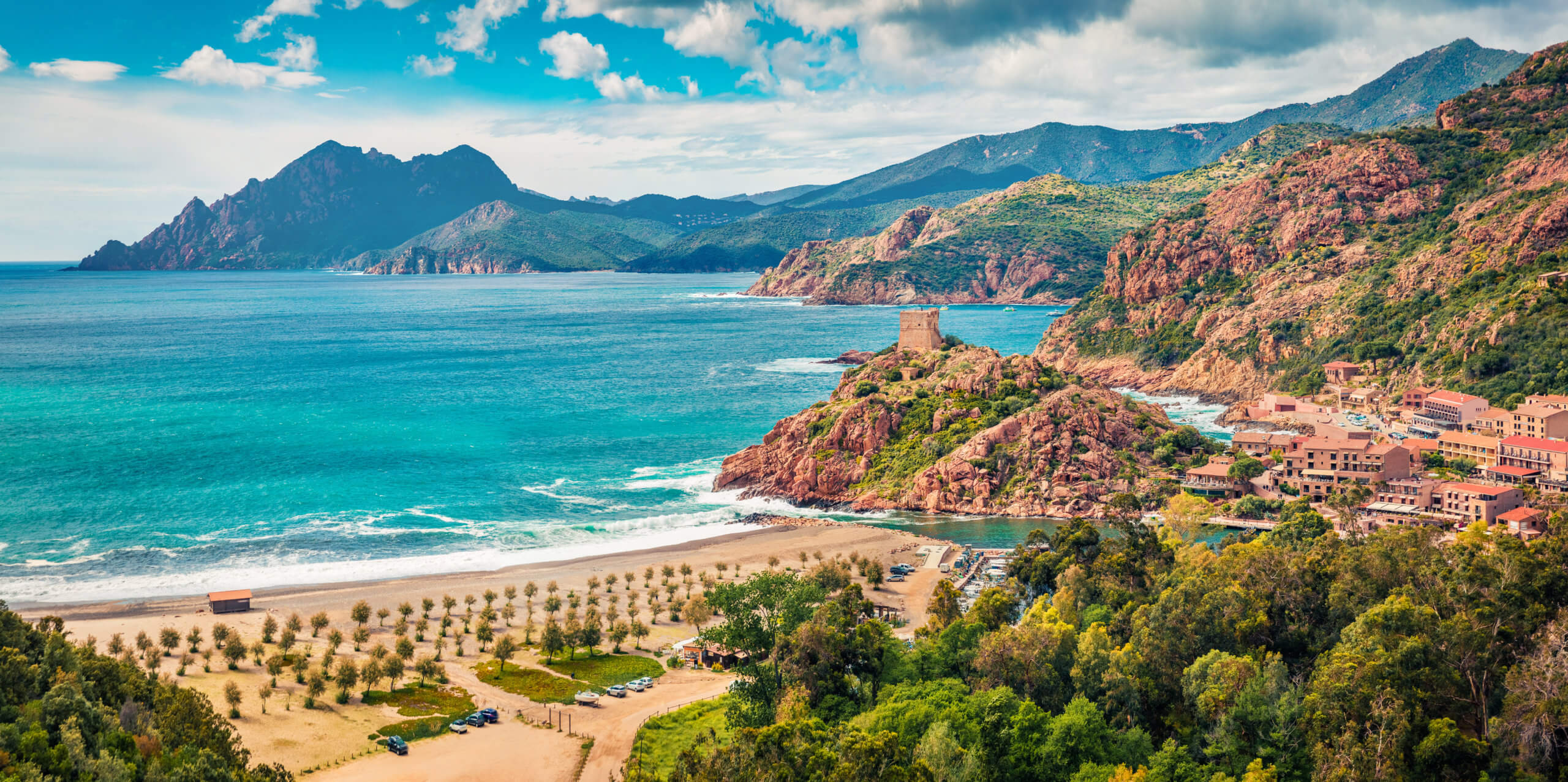
Breathtaking summer view of Corsica island, France
5. CORSICA
The Mediterranean island of Corsica, best known as the birthplace of Napoleon, is just starting to attract attention for its excellent wines after decades of producing cheap plonk. The island’s terroir offers an array of seeming contradictions. The climate is both maritime and continental; influenced by both the mountains and the sea. It is buffeted constantly by two winds: the cold dry Mistral from the northwest and the hot Sirocco from the Sahara Desert in the south.
Over the last 40 years, winemakers have worked hard to recover indigenous Corsican grapes that many feared had gone extinct. It was just around 40 years ago that Corsican native Antoine Arena shocked his parents when he quit law school in Paris to return home to the family vineyards on Corsica. Today, Arena is known for his white Vermentino wines, seven of which have scored 90 points or higher in Wine Spectator blind tastings in the last decade.
In addition to Vermentino, indigenous Corsican varieties Sciaccarello and Nielluccio (identical to Italy’s Sangiovese) are increasingly popular. While most of Corsica’s wine is sold under the cleverly named IGP (wine category) “L’Île de Beauté” (Island of Beauty), Arena also produces sweet strong wines that are labeled Muscat du Cap Corse.
The island is blessed with many interesting sites including Napoleon’s birthplace, the ancient ruins at Filitosa which date back to 1500 BC, panoramic hiking trails, and almost 200 beaches. Like the island itself, Corsican cuisine varies widely, from delicate seafood to civet de sanglier, a hearty stew of wild boar, chestnuts, red wine and fennel.
To plan your trip to these French wine regions, contact your Tully Luxury Travel Designer today!





